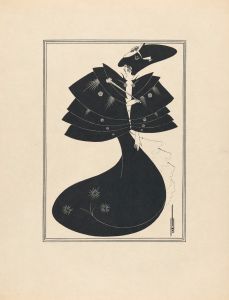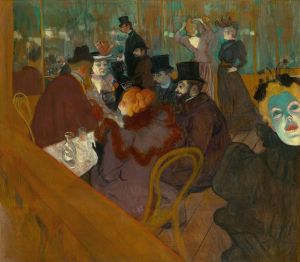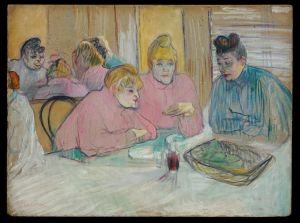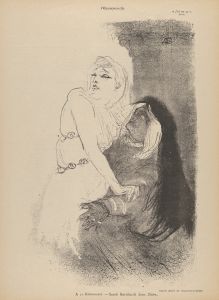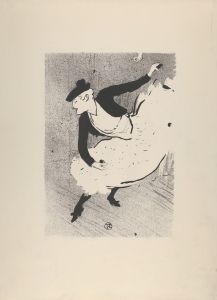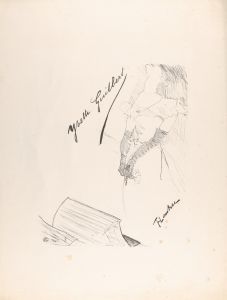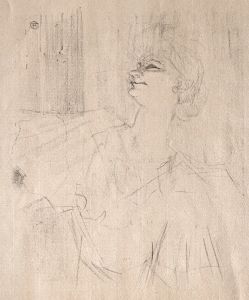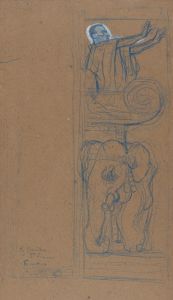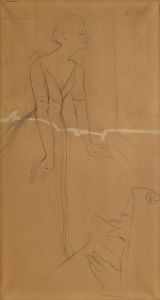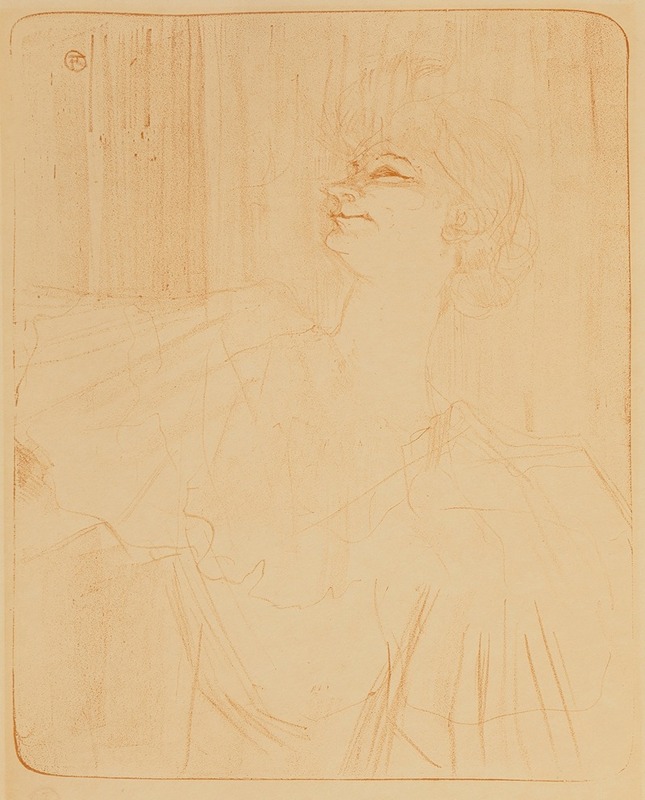
Yvette Guilbert pl 4
A hand-painted replica of Henri de Toulouse-Lautrec’s masterpiece Yvette Guilbert pl 4, meticulously crafted by professional artists to capture the true essence of the original. Each piece is created with museum-quality canvas and rare mineral pigments, carefully painted by experienced artists with delicate brushstrokes and rich, layered colors to perfectly recreate the texture of the original artwork. Unlike machine-printed reproductions, this hand-painted version brings the painting to life, infused with the artist’s emotions and skill in every stroke. Whether for personal collection or home decoration, it instantly elevates the artistic atmosphere of any space.
Henri de Toulouse-Lautrec, a prominent French painter, printmaker, and illustrator, is renowned for his depictions of the vibrant and often bohemian life of Paris in the late 19th century. Among his many subjects, Yvette Guilbert, a celebrated singer and actress of the time, frequently appeared in his works. One such piece is "Yvette Guilbert pl 4," which is part of a series of lithographs that Toulouse-Lautrec created to capture the essence of Guilbert's performances and persona.
Yvette Guilbert was a prominent figure in the Parisian entertainment scene during the Belle Époque. Known for her distinctive style, which included long black gloves and a unique singing technique that combined spoken word with melody, Guilbert captivated audiences with her dramatic and often humorous performances. Her repertoire often included songs that were both satirical and poignant, reflecting the complexities of life in Paris during this era.
Toulouse-Lautrec's fascination with Guilbert was part of his broader interest in the performers and nightlife of Montmartre, a district in Paris known for its cabarets, cafes, and vibrant artistic community. His works often depicted the performers of the Moulin Rouge and other famous venues, capturing the dynamic and sometimes decadent atmosphere of the time.
In "Yvette Guilbert pl 4," Toulouse-Lautrec employs his characteristic style, which combines bold outlines with subtle color washes, to convey the essence of Guilbert's stage presence. The lithograph is part of a series that Toulouse-Lautrec created in the 1890s, showcasing his ability to capture the personality and charisma of his subjects with minimalistic yet expressive lines.
Toulouse-Lautrec's technique in this lithograph, as in many of his works, reflects his mastery of capturing movement and emotion. His use of line and color suggests the energy and vibrancy of Guilbert's performances, while also highlighting her distinctive features and theatrical gestures. The simplicity of the composition draws attention to Guilbert's expressive face and hands, emphasizing her role as a storyteller and performer.
The collaboration between Toulouse-Lautrec and Guilbert was mutually beneficial. While Toulouse-Lautrec gained inspiration from Guilbert's dynamic performances, Guilbert benefited from the publicity and artistic interpretation that Toulouse-Lautrec's works provided. His depictions of her helped to solidify her status as an icon of the Parisian stage, while also contributing to his own reputation as a chronicler of Parisian nightlife.
Toulouse-Lautrec's lithographs of Yvette Guilbert, including "Yvette Guilbert pl 4," are significant not only as works of art but also as historical documents that offer insight into the cultural landscape of Paris during the Belle Époque. They reflect the intersection of art and entertainment, capturing the spirit of an era that celebrated creativity, innovation, and the breaking of traditional boundaries.
Today, Toulouse-Lautrec's works, including his depictions of Yvette Guilbert, are celebrated for their artistic merit and historical significance. They continue to be studied and admired for their unique style and their ability to convey the essence of a vibrant and transformative period in the history of art and culture.





